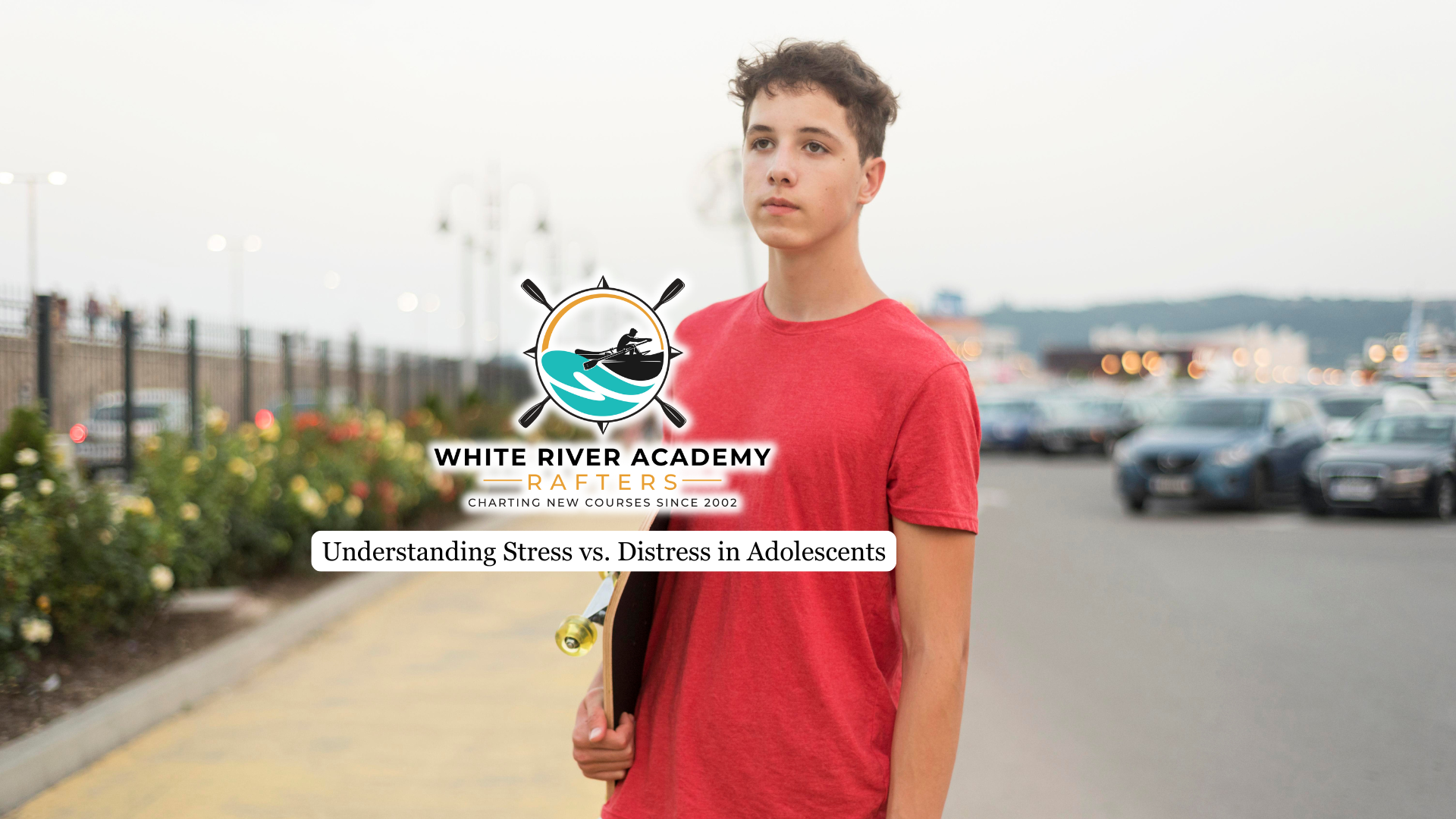Video games can be an engaging pastime, offering entertainment, challenge, and social interaction. However, for some individuals, gaming can become more than a recreational activity, it can start to dominate daily routines. Certain cognitive and neurological traits, such as those associated with Attention-Deficit/Hyperactivity Disorder (ADHD), may make this shift more likely.
This article explains the link between ADHD and video game addiction, including why it occurs, potential warning signs, and strategies for healthier gaming habits.
Why People With ADHD Are Prone to Gaming Addiction
ADHD involves patterns of inattention, hyperactivity, and impulsivity that can influence how individuals respond to rewarding stimuli. Video games often incorporate rapid visual changes, interactive challenges, and structured reward systems, which align closely with the need for novelty and stimulation that is common in this mental health condition.
Because these elements are both predictable and highly engaging, they can encourage extended play sessions. Research indicates a link between the intensity of ADHD symptoms and the likelihood of problematic gaming behaviors, suggesting that underlying symptom severity plays a role in vulnerability.
This heightened sensitivity to reward-based digital environments is not limited to gaming. Individuals with ADHD may also be more susceptible to compulsive social media use and problematic pornography consumption, both of which leverage similar reinforcement patterns in the brain’s reward circuitry.
How ADHD and Gaming Affect the Brain
From a neurochemical perspective, ADHD is associated with differences in dopamine regulation, a neurotransmitter involved in reward and motivation. Video games can trigger significant dopamine release, creating a strong sense of reward and reinforcing the desire to continue playing.
Repeated exposure to this level of stimulation can alter reward sensitivity over time, making less stimulating activities feel uninteresting by comparison. This shift may contribute to increased gaming frequency, irritability when not playing, and reduced ability to focus on non-gaming tasks.
Signs of Gaming Addiction in Teens With ADHD
Parents should watch for warning signs such as:
- Angry outbursts when asked to stop playing
- Staying up late to game, even on school nights
- Lying about how long they’ve been playing
- Avoiding friends, family, or other hobbies
- Falling grades and poor focus on homework
- Constantly talking or thinking about games
If gaming becomes very addictive and the only source of happiness for your adolescent boy, it’s time to intervene.
How to Limit Screen Time
Managing screen time for children with ADHD takes more than simply telling them to “put the game down.” It requires a structured approach that blends clear rules, a supportive environment, and engaging alternatives.
The goal is not to eliminate gaming entirely, but to create healthy habits that your child can stick to.
Set Clear Daily Limits
Teens with ADHD thrive on predictability. Establish specific daily limits for gaming and make sure your teen knows exactly when and how long they can play. Timers, visual charts, and schedules can make boundaries more concrete.

Create a Screen-Smart Environment
Location matters. Keep gaming consoles, tablets, and phones out of bedrooms and away from mealtimes to reduce temptation. This makes it easier for your teen to transition to other activities.
Offer Stimulating Alternatives
Replacing gaming with equally engaging hobbies can make the transition smoother. Sports, outdoor adventures, music, art, theater, or hands-on projects like woodworking or cooking can provide the same level of stimulation while fostering creativity, skill-building, and confidence. These activities also give teens a sense of accomplishment that extends beyond a game’s virtual rewards.
Talk About the “Why”
Open conversations can help your teen understand why balance matters. Explain how too much gaming can impact sleep, mood, and focus—and how a variety of activities supports a healthier brain and body.
Involve Your Teen in the Process
When teens help create the rules, they’re more likely to follow them. Collaborate on realistic screen time limits and brainstorm activities they actually enjoy.
Treatment Options for ADHD and Gaming Addiction
If limits aren’t working, professional support may be necessary to address both ADHD symptoms and compulsive gaming behaviors. Because these challenges often occur together, a dual diagnosis approach can be especially effective, treating the underlying ADHD while also addressing technology addiction.
Evidence-based therapies such as cognitive behavioral therapy (CBT) and neurofeedback can help improve focus, emotional regulation, and self-control. Support groups like Gaming Addicts Anonymous (GAA) provide community and accountability, while structured technology addiction treatment programs offer strategies for balanced device use.
In some cases, digital tools like the FDA-approved EndeavorRx game can be used therapeutically to enhance attention while maintaining healthy screen habits. Early intervention not only supports better symptom management but also reduces the risk of long-term gaming dependency.
Final Thoughts from White River Academy
ADHD and video game addiction are closely connected through brain chemistry and reward-seeking behavior. By recognizing the signs and setting firm but fair boundaries, you can help your teen boy build a healthier relationship with gaming.
At White River Academy, we offer comprehensive therapy solutions in Utah for teen boys that address both ADHD and technology-related behavioral issues. Our dual diagnosis approach supports adolescent boys in managing symptoms, developing self-discipline, and building healthier routines. With the right structure, guidance, and therapeutic support, your teen can thrive in school, in relationships, and in life beyond the screen.




